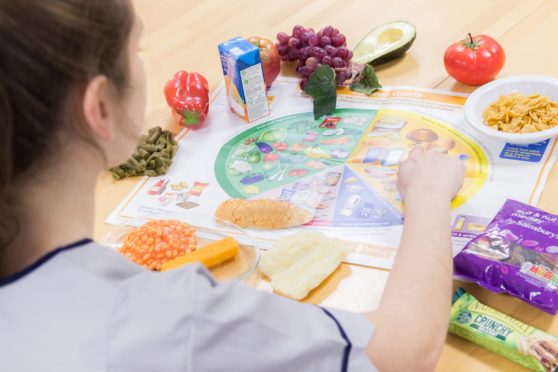Two universities have teamed up to address the shortage of home economics teachers across the north-east.
Just days after it was revealed that Aberdeen’s teacher to pupil ratio was the worst since records began, the Robert Gordon University and Aberdeen University revealed they have developed a new approach to help students towards a career teaching the subject.
Under the new model, students hungry for success who don’t meet the entry criteria of Aberdeen University’s post graduate diploma in education (PGDE) will be able to first study two new nutrition modules at RGU – Food, Culture and Human Nutrition, and Lifespan Nutrition.
Once they have completed the modules, they will then be able to apply to study a PGDE at Aberdeen University, helping them along the path to teaching home economics in north-east schools.
Last week, it was revealed that there are more than 14 pupils for every Aberdeen teacher.
>> Keep up to date with the latest news with The P&J newsletter
In 2003, when records first commenced, there was 12.8 teachers for every pupil in the Granite City.
Other council regions have also suffered a lack of teachers in the north of Scotland this year – the ratio of teachers to pupils is 13.5 in Aberdeenshire, 13.7 in Moray and 12.9 in the Highlands.
Susan Lennie, senior lecturer at the school of health Sciences at RGU said: “Together with our colleagues across the city, we recognised that there are a significant number of people who hold degrees in areas such as hospitality or textiles, who fall just short of meeting the criteria to move into home economics teaching.
“While previously they would need to complete a second undergraduate degree, these new modules are an excellent opportunity for them to fill in the gaps in their skills and knowledge.”
Yvonne Dewhurts, senior lecturer in education at Aberdeen University added: “This is one of a number of University of Aberdeen initiatives which is helping to bridge the gap for those who have the potential to be great teachers but who have other life commitments that would make it impossible for them to undertake many years of full-time study.
“We are delighted to be working with RGU to use our joint expertise to address teaching shortages in the north-east, and to support Scotland’s teachers of the future.”
